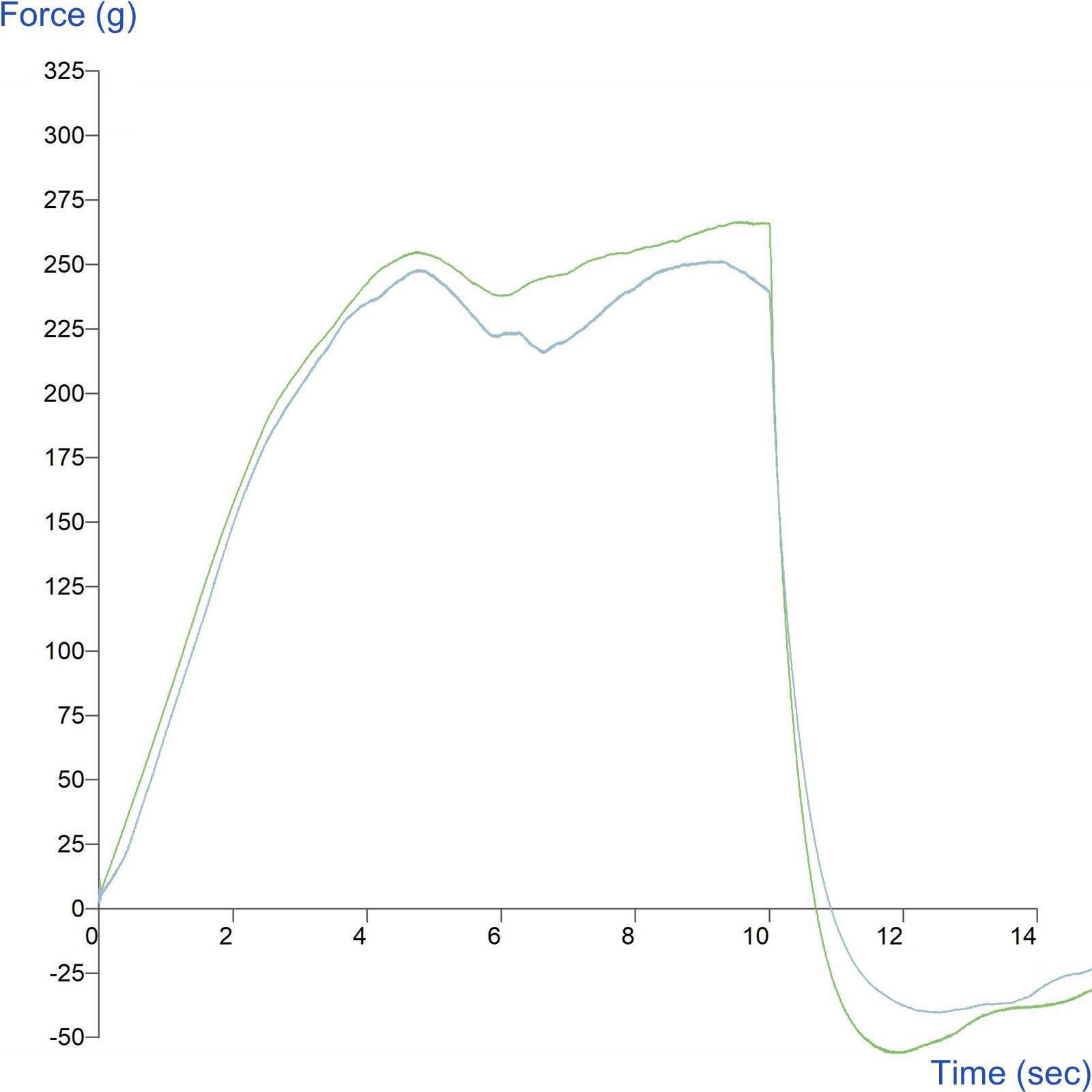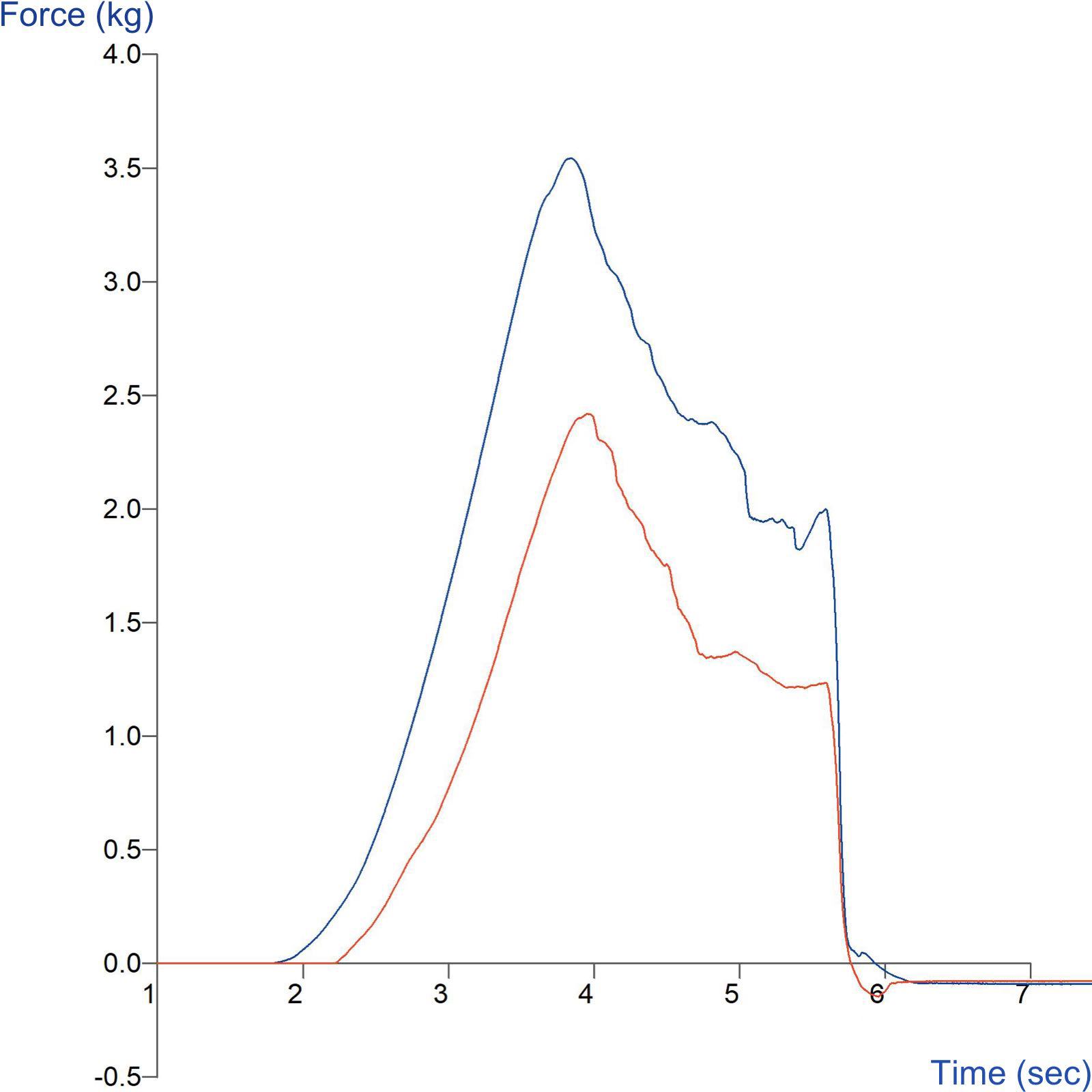
Testing in the lab: Formulating for low/no sugar
The pressure to reduce sugar content and artificial sweeteners is twofold: consumer-led and regulatory. “No added sugar”, which also signifies “natural” in the eye of the shopper, is on a faster track – according to Euromonitor.
So, if you are manufacturer or confectionery, snack, bakery or dairy products, in particular, you’ll be aware of the common textural effects of reducing or removing sugar that you are trying to avoid in your new formulation.
- Decreased moisture content: Sugar is hygroscopic, meaning it attracts and retains moisture. Removing sugar can result in a drier texture and potentially a shorter shelf life.
- Altered mouthfeel: Sugar contributes to the smoothness and mouthfeel of foods. Without it, products may feel less rich and creamy.
- Change in bulk and volume: In baking, sugar adds bulk and aids in the leavening process, contributing to the volume and softness of the final product. Reducing sugar can result in denser, less airy baked goods.
- Texture variability: Sugar plays a role in the crystallisation process in confections like candies. Altering its amount can change the texture from smooth to grainy or hard.
- Freezing point alteration: In frozen products like ice cream, sugar affects the freezing point, contributing to a smooth, creamy texture. Reducing sugar can make the product harder and icier.
Using your Texture Analyser to help optimise your formulation
It's important to note that when sugar is reduced or removed, food manufacturers often use other ingredients to compensate for these textural changes, which can introduce new textures. Texture measurement plays a vital role in this process by ensuring that these alternatives can mimic or deliver the desired texture attributes. Accurate texture measurement enables producers to fine-tune formulations, processing techniques, and ingredient combinations to achieve the desired texture profile.
So, you’ve formulated your new reduced sugar product and you compare it with your existing product formulation on the Texture Analyser and this is the result…
Bingo, you’ve done it! Your new product formulation that has been fully considered in its new recipe and necessary processing changes provides almost the same texture profile as your existing product. Ultimately, the success of new products relies on consumer satisfaction and acceptance. Texture measurement plays a crucial role in meeting consumer expectations and preferences. Consumers have ingrained sensory expectations when it comes to the texture of specific foods. By accurately measuring and replicating these textures, manufacturers can create new products that deliver both sustainability and an enjoyable eating/using experience and with that comes continued product loyalty.
However, what if your two products produced considerably different texture profiles?
Formulators would see that the recipe for the blue line product requires much more force to perform the same test than the red line product and therefore could be perceived as a much firmer product which could compromise customer satisfaction of the expected texture. Whilst it is possible that you’re looking to develop a product with a different texture to the original and make a marketing splash about it (having confirmed its success with a taste panel), if you’re not, then it’s back to the drawing board for further formulation or processing manipulation.
The trend towards reducing sugar is a reflection of the growing consciousness around health and nutrition and the desire for natural or ‘clean-label’ products. As regulations around food products is tightened, it's likely that the variety and availability of products made with reduced sugar will expand. Texture measurement will play a vital role in this product development to ensure textural expectations are met and not compromised, optimal quality continues and thereby consumer satisfaction is fulfilled.
But let’s not forget those instances where volume and density is affected and will also need to be monitored. That’s where the Volscan Profiler needs to be employed.

A vast range of probes and attachments can be attached to the instruments depending upon the product/material to be tested.










